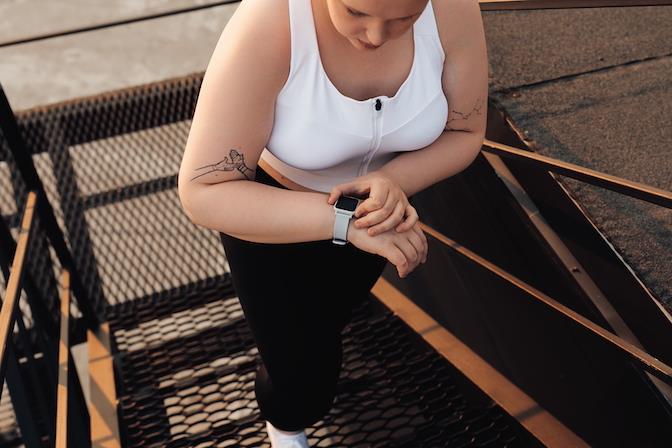How can physical therapy help you?
Oct 28, 2019

We all have things we want and need to do—from holding down a job to enjoying a favorite sport or hobby. But injuries or illnesses can sometimes get in the way of our goals. They can even make it hard to do life on our own.
That’s where physical therapy comes in. We'll tell you more about physical therapy and why it can be a crucial part of your treatment plan.
Who might need physical therapy?
Physical therapists treat people of all ages in a variety of ways. In many cases, the goal of physical therapy is to help you move better with less pain so you can be as active and independent as possible.
Among other benefits, physical therapy may help you:
- Bounce back from injury or surgery.Physical therapy is often part of a rehab program after joint replacement surgery or sports injuries.
- Avoid surgery.Before recommending surgery, doctors may suggest physical therapy. For example, physical therapy may help ease your shoulder, knee or back pain.
- Cope with chronic pain without opioids.Are you living with chronic pain? Physical therapy can be a safe and effective alternative to using pain medicines long-term.
- Prevent injuries.Physical therapists can teach you how to reduce your risk of further pain or injury.
Helps with a wide range of issues
Physical therapists help treat many different symptoms caused by a wide range of conditions, such as:
- Orthopedic problems like carpal tunnel syndrome, back or neck pain, arthritis, rotator cuff tears, sprains, strains and fractures.
- Neurological conditions. For instance, physical therapy can help people overcome disabilities after a stroke or cope with daily challenges caused by Parkinson’s disease.
- Pediatric problems, such as cerebral palsy and developmental delays.
- Work injuries.
- Urinary leakage and pelvic floor disorders.
What to expect from treatment
Physical therapists treat people in a variety of settings, such as outpatient clinics and rehab centers.
When you meet with a physical therapist, they'll ask you questions about your symptoms and your medical history. The therapist will examine you and come up with a personalized treatment plan to help you meet your goals, depending on the types of daily tasks and activities you need or want to do.
Prescribed exercises are a big part of physical therapy. Your physical therapist may teach you how to do them on your own at home too. These exercises may be designed to help you move better, decrease your pain, or improve your strength or balance.
Physical therapists may use other treatments too, such as:
- Stretching.
- Hands-on therapy (special ways of moving a joint).
- Massage.
- Splints, braces or canes, and other mobility aids.
Is physical therapy for you?
If you've had lingering aches and pains, ask your doctor if physical therapy may be right for you. Or make an appointment to see a physical therapist. In most states, you don’t need a referral.
Stay fit for better health
Want to keep your muscles and joints in good condition? A well-balanced fitness routine can help with that. Learn more about thefour types of exerciseyou should be doing.


